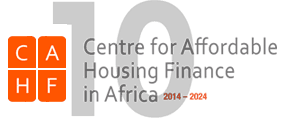The 2024 country profile for Somalia (as contained in the 2024 Housing Finance in Africa Yearbook) is also available as a separate pdf document.
The 2024 country profile for Somalia (as contained in the 2024 Housing Finance in Africa Yearbook) is also available as a separate pdf document.

As CAHF looks forward to its next ten years, we reflect on a decade of impact and contemplate a future for affordable housing in Africa. Please join us in the effort of making working residential property markets in Africa!
info@housingfinanceafrica.org
+27 (0) 11 447 9581
PO Box 72624, Parkview, South Africa, 2122